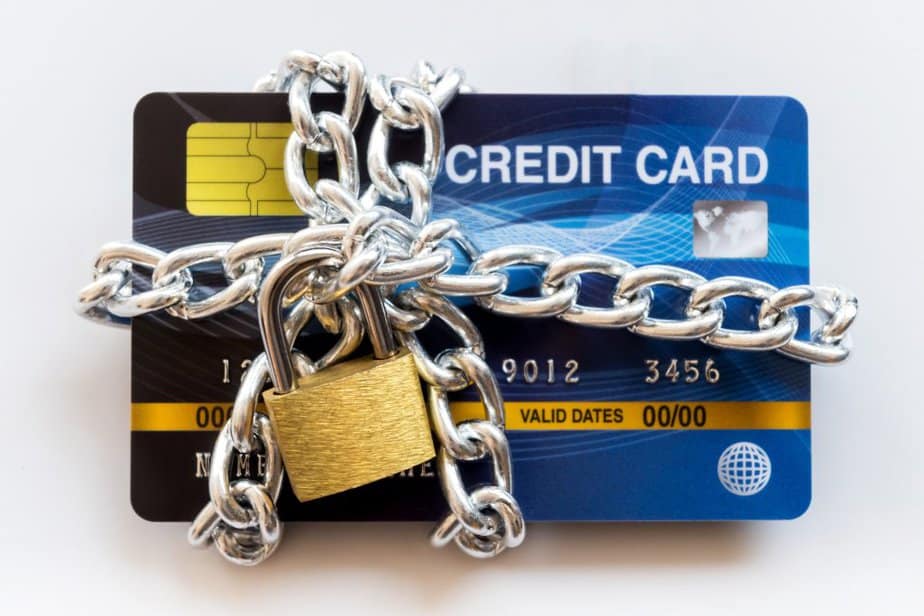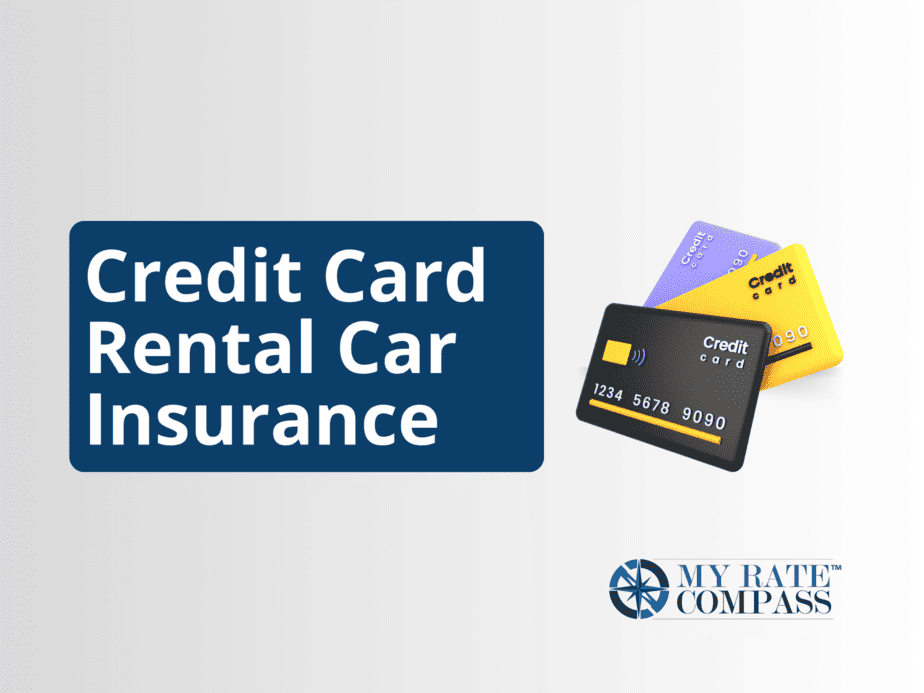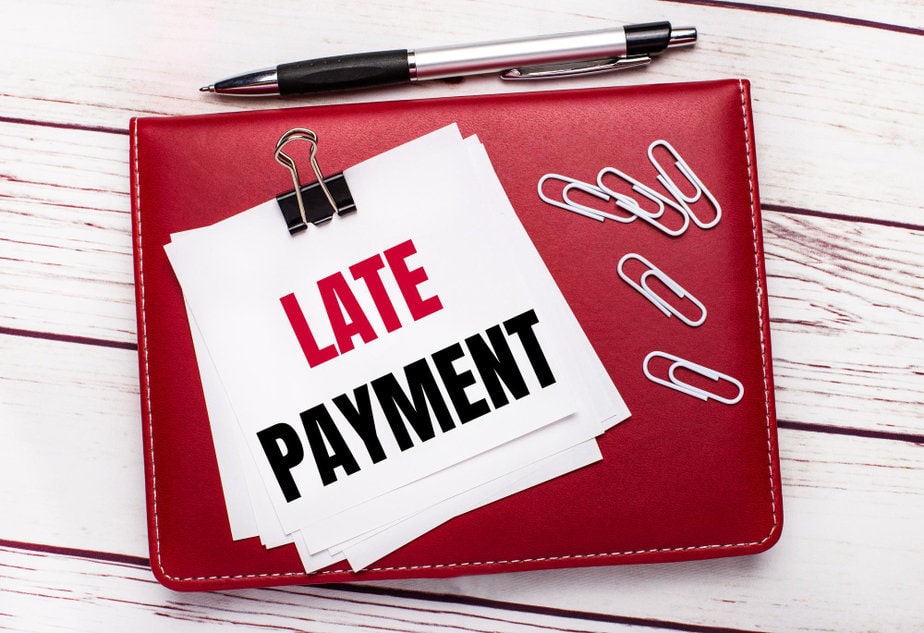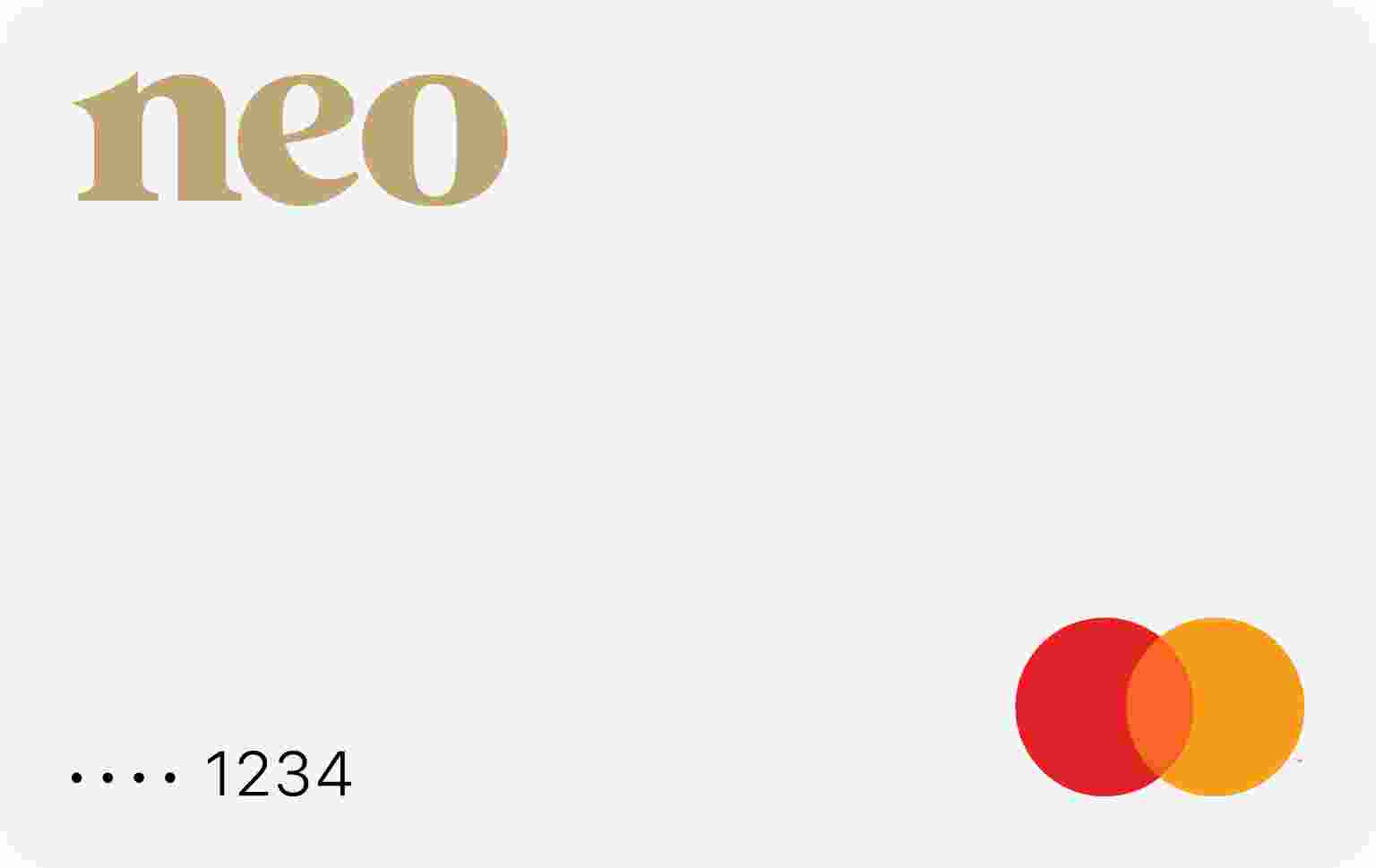If you’ve been using a secured credit card to help you build your credit, but feel like it’s time to upgrade to an unsecured credit card – you’re in luck! It’s possible to switch to an unsecured credit card from a secured card if you’ve met certain credit requirements.
If you feel like you’re ready to make the change, read on to learn how to go from a secured to an unsecured credit card in no time.
The Difference Between Secured And Unsecured Credit Cards
Secured and unsecured credit cards serve very different functions. While both can help you build credit, they offer different features, limitations, and end goals. The main features of each type of credit card are as follows:
Secured Credit Card:
A secured credit card is recommended for individuals with limited or poor credit history.
When you apply for a secured credit card, you need to make a cash deposit that serves as collateral. This deposit acts as security for the credit card issuer, reducing their risk in case you default on your payments.
- Your cash deposit equals your card’s credit limit.
- These types of cards help you rebuild your credit and improve your score over time when you do not qualify for a traditional credit card.
- Lower interest rates: Since secured credit cards have collateral, their interest rates are generally lower and more affordable.
Unsecured Credit Card:
Unsecured credit cards are traditional credit cards.
- Unsecured credit cards do not require a cash deposit as collateral and are issued based on your creditworthiness. Your creditworthiness is determined by factors such as credit score, income and payment history.
- Unsecured credit cards typically offer higher credit limits than secured credit cards.
- Rewards and cashback: Unsecured credit cards offer additional perks, such as cashback and travel rewards or points that can be redeemed for merchandise or services.
- In short, a secured credit card is easy to get and can help you build credit over time, but an unsecured credit card offers a higher credit limit and rewards. For a more in-depth look at the pros and cons, see below:
Pros And Cons Of Upgrading To An Unsecured Credit Card
The process and result of switching to an unsecured credit card can have both pros and cons. Below, we explore these pros and cons in more detail:
Pros:
-
- Higher credit limits provide more purchasing power and flexibility.
- Rewards and perks can enhance your overall credit card experience.
- Opportunity to improve your credit score and creditworthiness.Access to a wider range of credit card options and benefits.
Cons:
- Approval for an unsecured credit card is not guaranteed and is subject to creditworthiness.
- Higher interest rates: Since a loan on an unsecured credit card is not insured with collateral, it can drive up interest rates.
- Higher credit limits can lead to increased spending and potential debt if not managed responsibly.
- Rewards and perks may come with annual fees or specific spending requirements.
- Potential impact on credit score due to hard inquiries and credit limit changes.
While it may seem like the cons outweigh the pros, this is mainly because of the range of options available with an unsecured card. Higher credit limits (while helpful in an emergency), need to be handled responsibly to ensure you stay debt-free. While getting an unsecured credit card can launch a hard inquiry into your credit history and lower your credit score, this effect is only temporary and may be worthwhile.
When Are You Ready To Switch From A Secured To Unsecured Credit Card?
Before making the decision to upgrade from a secured credit card to an unsecured credit card, first make sure you qualify for the upgrade. You can do this by checking for the following eligibility requirements:
- 1. Your creditworthiness has increased: Your creditworthiness is calculated based on your credit score, income, and payment history. It tells a lender that you are responsible with money and can pay back debts fully and on time. A good indicator of your creditworthiness is your credit score, so be sure to check this before applying for an upgrade.
- 2. You have a consistent payment history: Making consistent, on-time payments on your secured credit card can demonstrate responsible credit behaviour and increase your chances of being approved for an unsecured credit card. Before applying for an upgrade, make sure you have a solid payment history and have been making your payments in full and on time.
- 3. You have a long credit history: Credit card issuers prefer individuals who have a longer credit history as it provides them with more information about your credit behaviour. If you have been using your secured credit card responsibly for an extended period, it may work in your favour when applying for an unsecured credit card.
If you see that your credit score and payment history look good, you are more than ready to apply for an unsecured credit card. However, if not, you may need a little extra push to qualify. See our tips below on how to build your credit and qualify for a new unsecured credit card.
Building Your Credit Score To Qualify For An Unsecured Credit Card
If you don’t quite make the cut for an unsecured credit card yet, consider the following strategies on how to improve your credit score to qualify for an unsecured credit card in the future:
- Make timely payments: Showing consistent, on-time payments is crucial for building a positive payment history. You can set up automatic payments or monthly reminders to make this easier.
- Reduce credit card utilization: The more credit you use each month, the worse it is for your credit, even if you pay it all back! Aim to use under 30% of your credit to demonstrate responsible credit usage.
- Diversify your credit mix: Having a diverse credit mix, including revolving credit (e.g. credit cards) and installment loans (e.g. car loans or mortgages), can positively impact your credit score. It demonstrates an ability to manage different types of credit responsibly.
- Monitor your credit report: Regularly monitoring your credit report allows you to stay informed about any changes or potential issues that may impact your credit score. You can also sign up for a free credit monitoring service to make this easier.
Once your credit qualifies as good (e.g. above 580), you are much more likely to get approval for an unsecured credit card. To learn how, see our steps below.
How To Upgrade From A Secured To An Unsecured Credit Card
Once you’re ready to upgrade your secured credit card, there are several steps to change to an unsecured one. These steps are outlined below:
Step 1: Check your credit report for errors
Before initiating the upgrade process, it’s crucial to review your credit report for any errors or inaccuracies. You can obtain a free copy of your credit report from any of the major credit bureaus. Carefully go through your credit report and dispute any errors or discrepancies you find.
Step 2: Assess your creditworthiness
If you already know your credit score, you can skip this step. However, if you last checked a few months ago, ensure that nothing has changed. If your credit score has improved since you first obtained your secured credit card, it may be a good indicator that you’re ready to upgrade. However, if your credit score is still low or hasn’t significantly improved, it may be beneficial to continue building your credit before attempting an upgrade.
Step 3: Contact your credit card issuer
After assessing your creditworthiness, it’s time to contact your credit card issuer to inquire about upgrading from a secured to an unsecured credit card. Reach out to your credit card issuer’s customer service or visit their website to find information about the upgrade process. Some credit card issuers may automatically review your account for possible upgrades, while others may require you to submit a formal request.
When you contact your credit card issuer, make sure to have the right information on hand. This includes the information about your current credit card, your payment history, and any improvements to your credit profile. Emphasize why you believe you’re ready for an upgrade and highlight any positive changes in your financial situation that may support your request.
Step 4: Consider requesting a credit limit increase
If your credit card issuer approves your request for an upgrade, it’s worth inquiring about a potential credit limit increase during the process.
Step 5: Evaluate alternative options
If your credit card issuer denies your request for an upgrade or you decide that now is not the right time to upgrade, don’t be discouraged. Other options to improve your credit includes getting a new unsecured credit card with a different issuer, or applying for a credit builder loan to help you establish and improve your credit history. This can help diversify your credit portfolio.
Common Mistakes To Avoid When Upgrading
When attempting to upgrade from a secured credit card to an unsecured credit card, there are some common mistakes that can undermine your efforts. The mistakes to avoid include:
- Applying for upgrades too soon: If you apply too soon, your credit history is not well-established yet. This can result in a denial.
- Neglecting to review credit reports: If you fail to dispute errors and issues in your credit history, you could miss an opportunity and suffer negative impacts on your credit score.
- Closing your secured credit card too soon: If you apply for an unsecured credit card, instead of applying for an upgrade on your existing secured credit card, it can be tempting to close your secured credit card as soon as your new card gets approved. However, this can lower your credit score. If your secured credit card has a long history of on-time payments, consider keeping it open even after upgrading to maintain a positive credit history.
- Applying for multiple credit cards simultaneously: Each credit card application results in a hard inquiry on your credit report, which can lower your credit score. Rather than try your luck with several credit card applications, focus on applying strategically and improving your creditworthiness sufficiently to lower your chances of rejection.
- Overall, it’s a good idea to make sure you have demonstrated financially responsible behaviour in the last few months, and not to act too hastily. While it can be tempting to get a credit card and access its rewards and benefits, it may sometimes be best to wait a bit longer and demonstrate creditworthiness with your secured credit card.
Final Thoughts
Applying for an unsecured credit card after using a secured credit card to build up credit can be a major milestone in your financial journey. Whether you had to build credit from scratch, or had to recover from a bad credit score, a secured credit card likely helped you build the foundation of your current credit.
When you finally do decide to upgrade to an unsecured credit card, remember to always check that you meet the credit requirements, avoid common mistakes, and demonstrate the same committment to due dates and regular payments as you did with your secured credit card. Happy upgrading!






